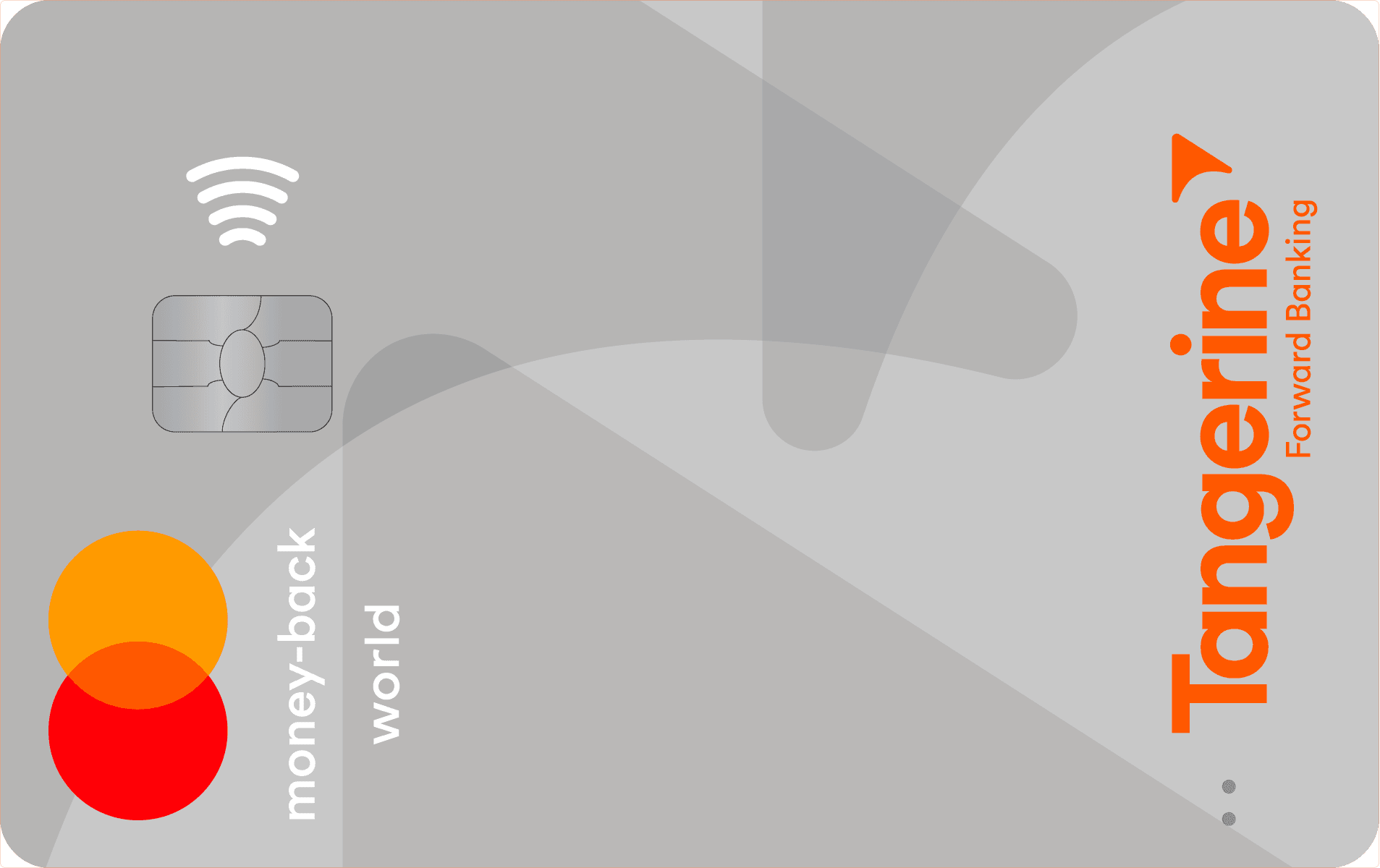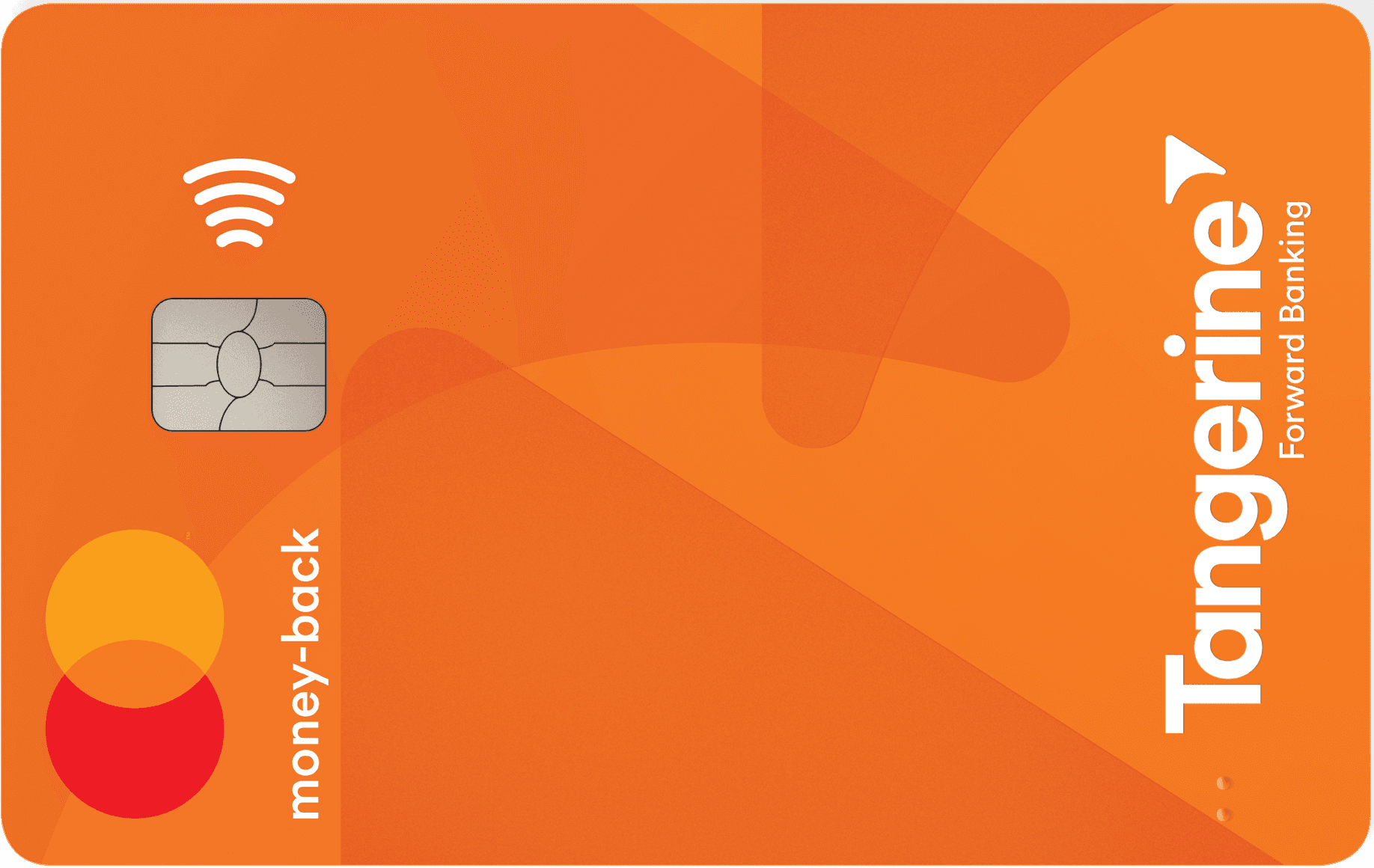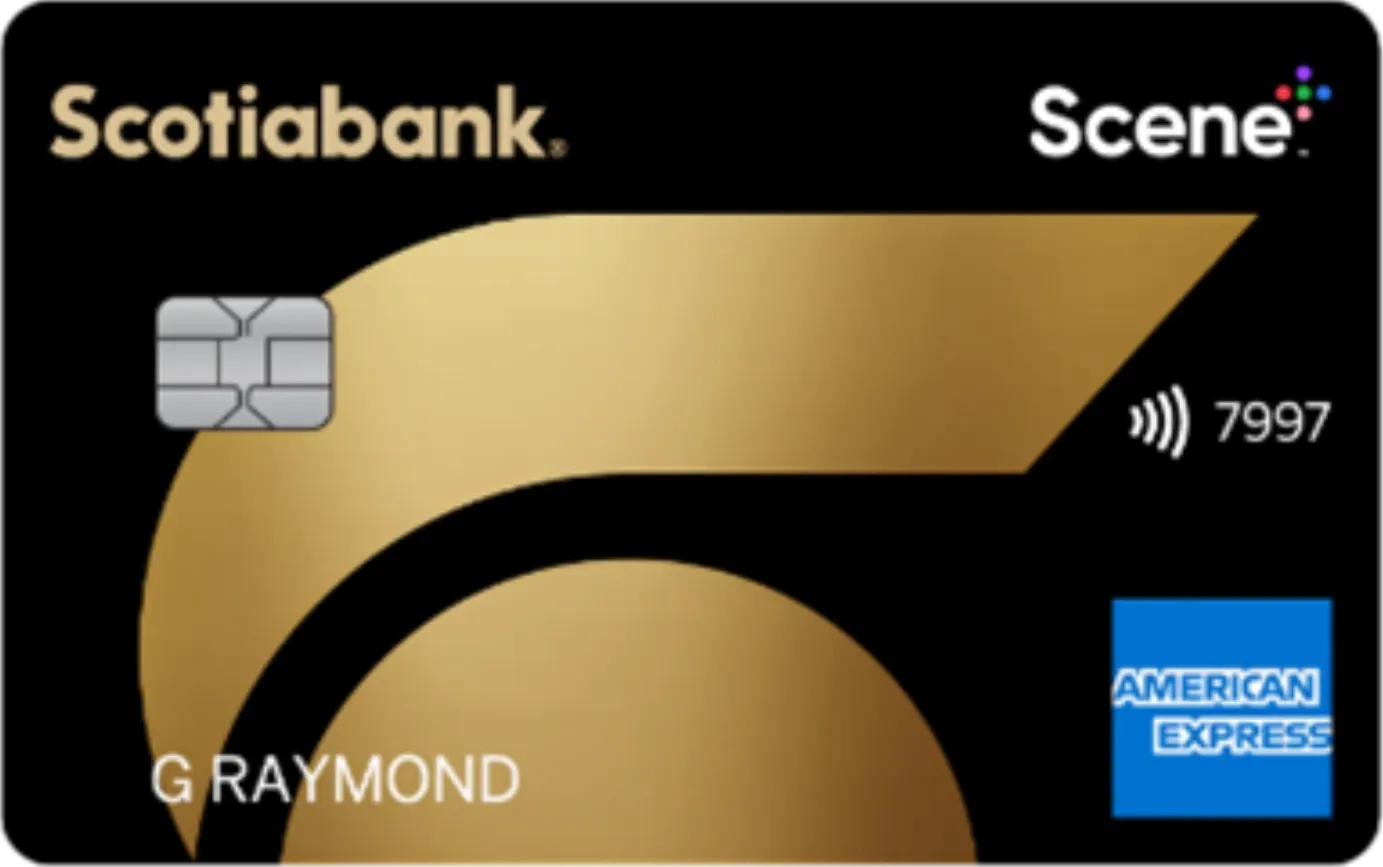Working hard in the background...
Paying Student Loans With a Credit Card in Canada
Published Dec 9, 2025 3:34 PM • 5 min read
If you have just graduated from university, you might have sizable student loans. The average student loan size in Canada, at graduation, is $24,000. And the thought of paying this back is overwhelming, I’m sure. Especially when you’re still getting settled into a new apartment off campus and maybe even starting your first job in your chosen field.
Given the major life changes (and perhaps lack of cash flow), it’s natural to wonder about how to pay back your student loan. One option, you might think, is to put your loan payment on your credit card. But, is this a good idea? Is it even possible? And what are the risks involved? In this article, we will answer these questions, as well as discuss other potential ways to make your payment. Because paying off your student loan is stressful enough, we want to help make it a little bit easier.
Can You Pay Your Student Loan with a Credit Card in Canada?
In short, your ability to pay your student debt with a credit card depends on the type of financing you have. For example, you can only pay back money received from the Canada Student Loan Program directly through your bank account by either a pre-authorized payment, a one-time online payment, or a cheque. Credit card payments are not directly accepted unless you use a third-party payment service to complete the transaction.
If you have a loan or line of credit from a bank or credit union, then you may have more options. Though in general, most student financing does not accept repayments via credit card. And, if they do, there is likely a processing fee associated with the payment.
How to Use a Third Party tool to Pay a Student Loan with a Credit Card
If a direct credit-card payment isn’t an option, you still have alternatives.
One option is to use a third-party bill payment service such as Chexy. These platforms let you use your credit card to pay bills that normally don’t accept card payments, by acting as an intermediary. They take your credit-card payment and then send the funds to your lender on your behalf.
However, keep in mind that these services usually charge a fee of about 1.75% – 3% of the payment amount. For example, a $500 loan payment could add roughly $9 – $15 in fees—often more than the value of any rewards points you’d earn. In addition, many loan servicers (including most student-loan providers) may not accept payments through these services, so you’ll need to confirm eligibility first.
If possible, continue making your student-loan payments directly from your bank account or regular cash flow to avoid added costs and complexity.
When it might make sense to pay your student loans with a credit card
Although it may not always be possible to pay your loan with a credit card, when you can, and do, there are some advantages.
Credit card rewards
One of the biggest benefits is earning rewards points or travel miles on the payment. As mentioned above, you will likely have an additional fee when using your credit card for these payments, so make sure the rewards are worth it if this is your strategy. Do the math! Is the fee greater than the point value you would receive? Then it’s probably not worth it. But what about when you have a new card and are trying to meet the initial spending requirements in order to get the sign-up bonus? Then it may be a better idea. Just be sure you can pay off the balance of your card in full. And do the math before proceeding. For help, you can use FinlyWealth’s Credit Card Points Value Calculator.
Read More: Best signup bonus credit cards in Canada
Cash flow planning
Using your credit card to make a loan payment is also strategic when you use it to solve a short-term cash flow issue. If you have a guaranteed income arriving in the next few days, then charging your credit card for the payment could help. But beware of the risks with this approach! If you do not pay off your credit card balance, then you could end up with an even higher interest payment in the end.
Balance transfer promotions
Now, what if you find yourself in possession of a card that has a balance transfer promotion? Some of these balance transfer credit cards offer a welcome bonus of 0% interest for 12 months. Then, at the end of the first year, the interest rate skyrockets. If you have one of these cards, then it may be worth it to charge your loan payment on the card. But I cannot emphasize this enough, be sure you pay off the balance within the promotional period. If you fail to do so, then you will be stuck with an even larger interest payment than you started with.
Risks to Consider When Paying Your Student Loans with a Credit Card
While there are advantages to using your credit card to pay your student loans, there are plenty of drawbacks to consider.
Interest rates
Higher credit card interest rates should be the first, and perhaps most important thing, to consider when using your card for your student loan payment. Credit cards typically have much higher interest rates than you will find on a student loan or line of credit from a bank. For example, Canadian banks charge a rate of prime plus 1.5% on floating-rate student loans. Canada Student Loans issued by the government do not currently charge interest. Meanwhile, a credit card can have an interest rate of over 19.99%.
Processing fees
By making your payment on your credit card, you will likely encounter a processing fee. As I mentioned earlier, this cost (often around 2% to 3%) can wipe out the value of any rewards you hope to earn. At best, you may find yourself breaking even. And that’s after exposing yourself to higher interest rates if you are unable to pay off the card’s balance in full. Consider researching the cost of the processing fees before you decide to make a loan payment with your credit card.
Cash advance fees
In some cases, your credit card issuer will classify the loan payment as a credit card cash advance. While this may seem irrelevant, it can actually cause you problems as interest starts accruing on cash advances immediately. There is no grace period! Sometimes these advances will come with an extra fee, and often, they have a higher interest rate of around 22%. In that case, you could find yourself with a higher level of debt in the end.
Final Verdict
You can use your credit card to make your student loan payment in some cases. But, even when it is possible, that doesn’t mean it is the most cost-effective option. Higher interest rates, extra fees, and the risk of damaging your credit score mean it is a risky strategy. Unless, of course, you can pay off the resulting credit card balance in full and on time.
Read More: How to Get Out of Credit Card Debt
Before you make a loan payment with your credit card, consider the pros and cons as well as other options like refinancing. In the end, your repayment plan should help you get out of debt, not put you further into it.
Frequently Asked Questions
Yes, you can earn points by paying your student loan with a rewards credit card. But additional fees and interest charges can outweigh the rewards you will receive. Unless, of course, you pay the balance immediately.
Your credit score will only take a hit if you do not pay the balance on time. In that case, you will also face interest charges and, potentially, late fees as well.
Trending Offers

Tangerine® Money-Back World Mastercard®*

Tangerine Money-Back Mastercard

Neo World Elite® Mastercard®

Scotiabank Gold American Express® Card
About the author

Lauren Brown
Editor
Lauren is a freelance copywriter with over a decade of experience in wealth management and financial planning. She has a Bachelor of Business Administration degree in finance and is a CFA charterholde...
SEE FULL BIOAbout the editor

Faith Ogunkanmi
Editor
Faith is a seasoned finance professional with over six years of experience specializing in credit analysis, financial risk assessment, and business/personal lending. My background includes extensive w...
SEE FULL BIO